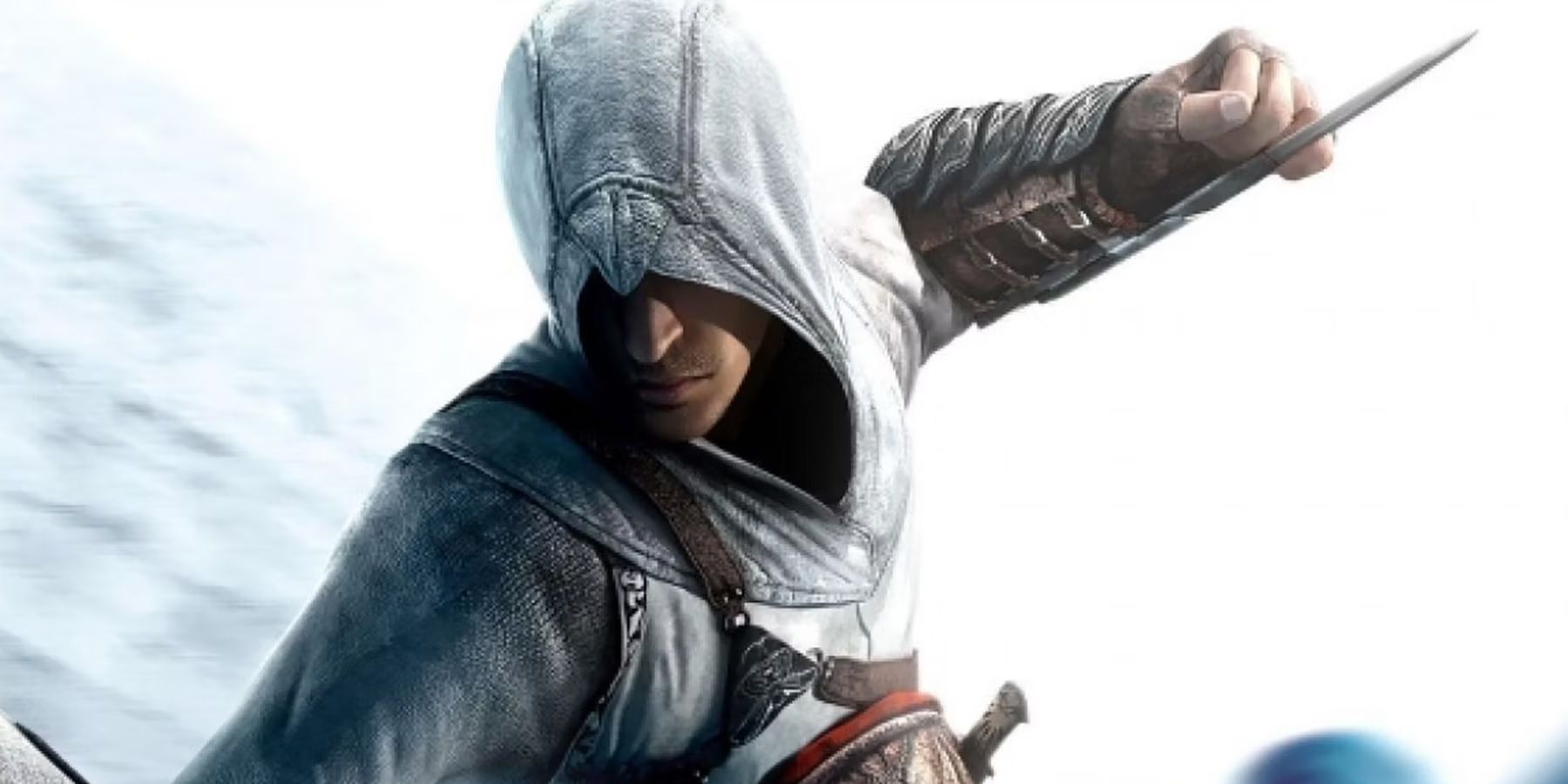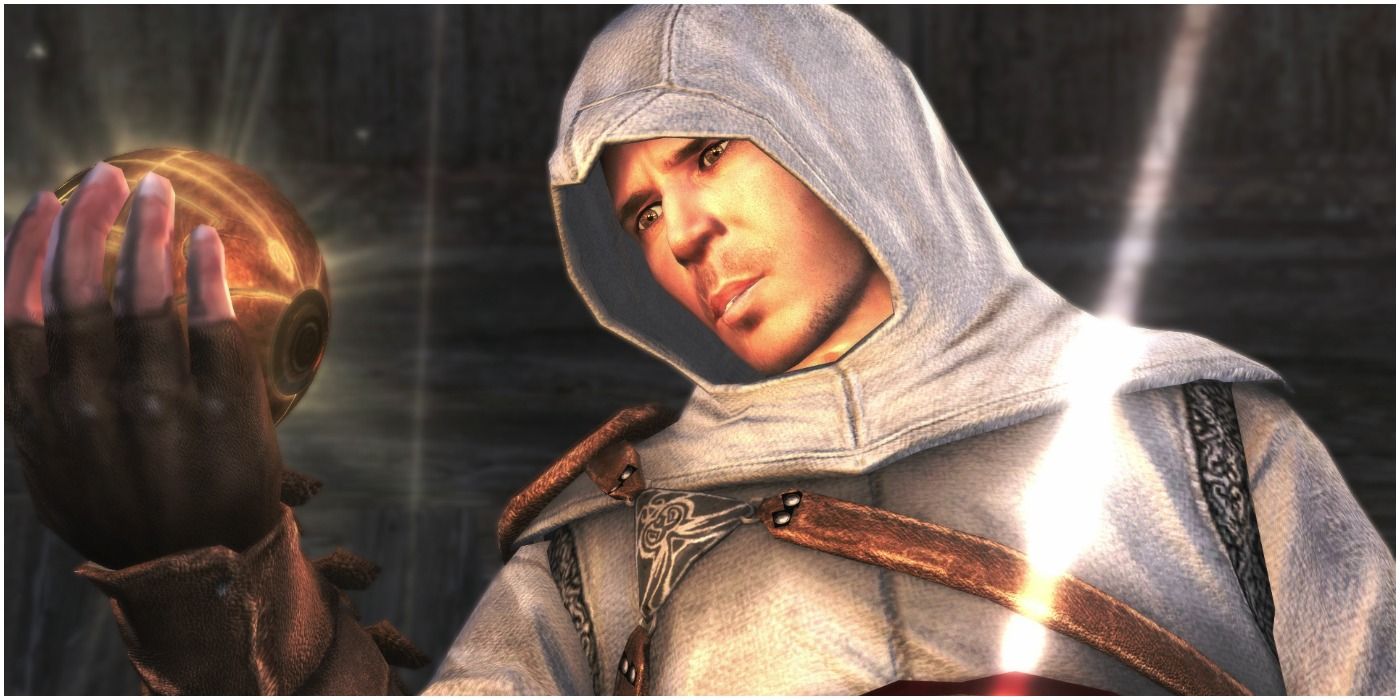When Assassin's Creed Mirage was announced last week, many people likened it to the original Assassin's Creed. The Middle Eastern setting, the re-emergence of traditional stealth and gameplay elements - it looks as though Ubisoft is dead set on remaking Altair's adventure; albeit slightly modifying it to fit the character of Basim Ibn Ishaq. It will be interesting to see how 15 years of technological and storytelling advancements will have an impact on a more classic Assassin's Creed title.
One of the established traditions of the Assassin Brotherhood that was shown to make a return in Assassin's Creed Mirage is the removal of the ring finger. Not since Assassin's Creed Origins have players seen an Assassin sacrifice one of their digits to enter the shadowy organization. As times changed, so did the Brotherhood, but it pays to learn just how this once-lauded act was abolished in favor of less macabre customs.
The Hidden Blade And The Finger
The removal of the ring finger is tied closely to the Assassins' signature weapon: the Hidden Blade. The blade is discreetly worn on a bracer or gauntlet around the wielder's lower am. The wielder would then activate a spring-loaded mechanism, pushing the blade forward. As the blade is nestled near the user's wrist, it can be extended and retracted without drawing too much attention.
To increase the stealth capabilities of the Hidden Blade, Assassins would cut off their ring finger. This would allow the blade to extend naturally from the hole created by the user's missing appendage. The cutting of the ring finger also held a deep significance for the Brotherhood. It showed the wielder's dedication to the Assassins' cause and was usually done during an initiation ceremony in front of other members. The Hidden Blade would then become an extension of the new Assassin - completing their physical being. There have been records of wielders using a Hidden Blade without sacrificing their ring finger (Bayek from Assassin's Creed Origins being one of them before his assassination accident), but these were few and far between prior to Altair Ibn-La Ahad's reign as Mentor of the Levantine Brotherhood.
Altair and Change
This all changed once Altair got his hands on an Apple of Eden. Using the knowledge he gained from the Precursor artifact, Altair heavily modified the Hidden Blade. He employed the use of stronger metals so that Assassins could go toe to toe against enemies with stronger blades. He also introduced a wide variety of upgrades such as hollowing the Hidden Blade to allow it to administer poison. One of the biggest changes Altair introduced was the raising of the blade mechanism; thereby making the removal of the ring finger optional. Since Assassins were becoming easier to identify due to the lack of their fingers, Altair abolished the tradition entirely.
Instead of sacrificing their fingers, certain branches of the Assassin Brotherhood started adopting other means to show their loyalty to the cause. The Italian Brotherhood during the time of the Renaissance branded their ring fingers with the Assassins' symbol. Other Assassins adopted the use of tattoos. Despite advancements in technology, there were still some who chose to cut off their ring fingers.
The sacrifice of the ring finger isn't as prevalent a tradition as it used to be, but its significance has remained in the Assassin Brotherhood to the present day. The dedication and sacrifice required to be an Assassin are taught to each new member. These lessons are then compounded by rituals that, while not as gruesome as chopping off a finger, still leave a lasting impression on the Assassins - ensuring they never forget what it means to serve the cause.
Assassin's Creed Mirage releases in 2023 for Luna, PC, PS4, PS5, Xbox One, and Xbox Series X.



